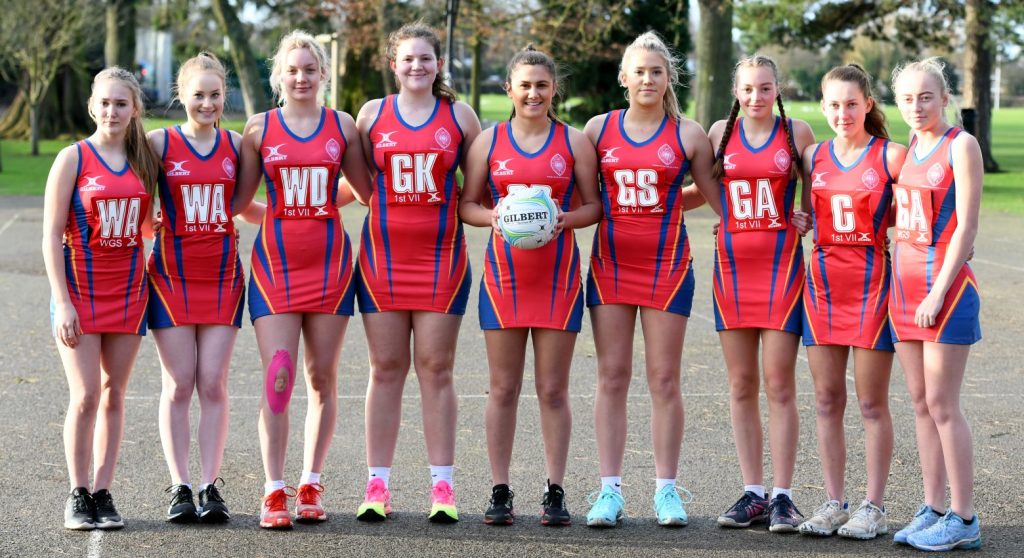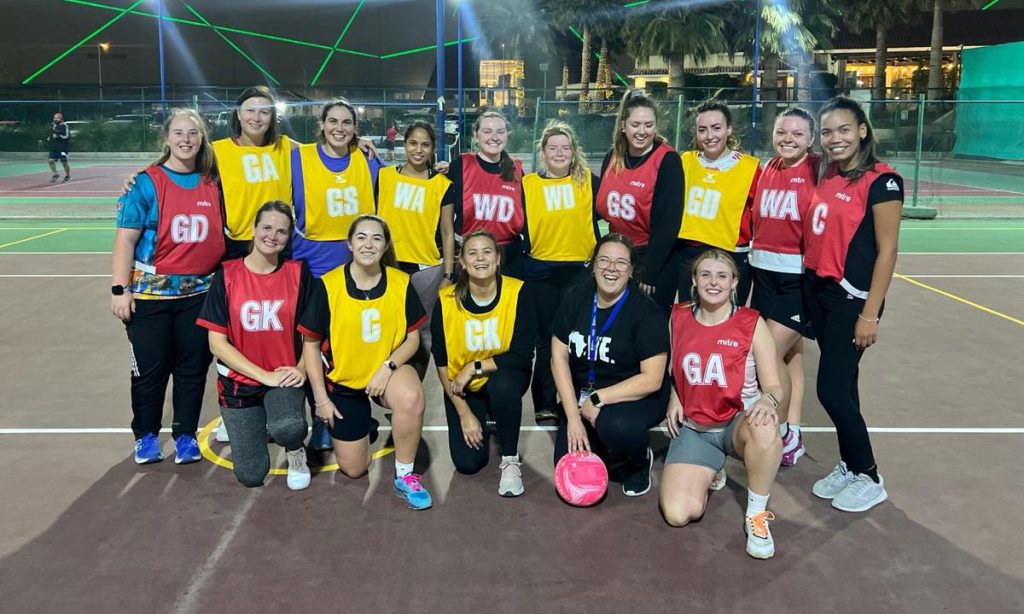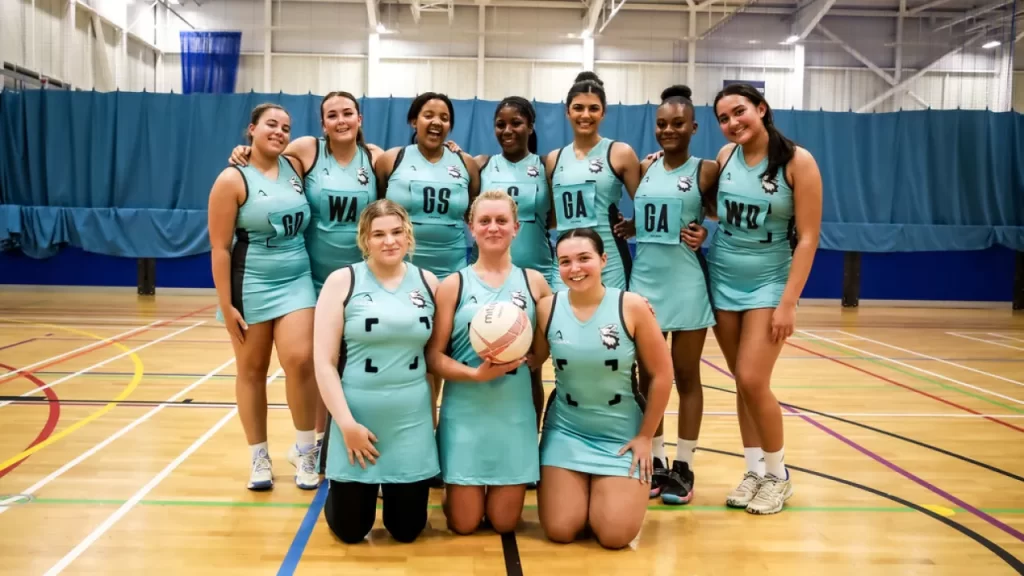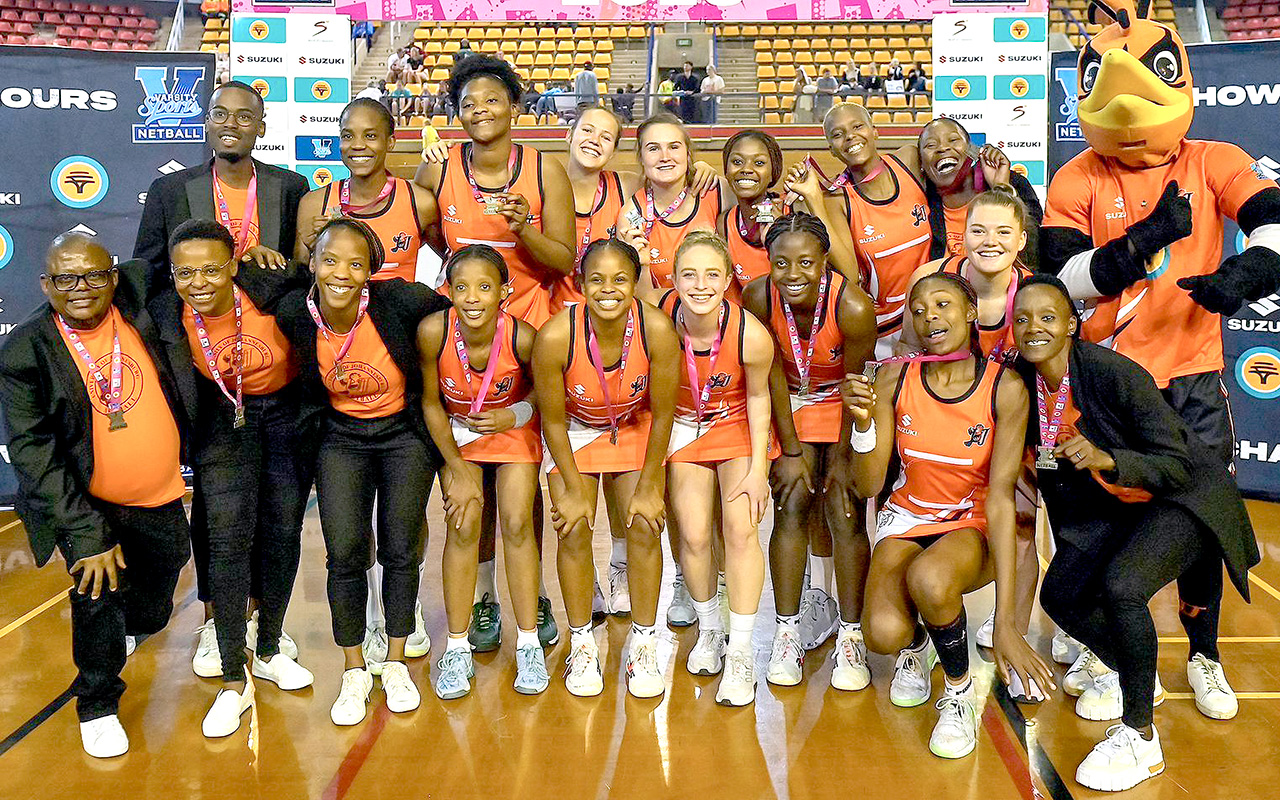Introduction
Netball is a fast-paced and dynamic sport enjoyed by millions of people around the world, particularly in countries like the United Kingdom, Australia, New Zealand, and South Africa. It is a game that combines strategy, athleticism, and teamwork, with rules and team structures designed to create a thrilling experience for both players and spectators. At the heart of every netball team match is the team structure, and understanding how many players are on a netball team is crucial for grasping the basics of the game. In this blog post, we will explore not only the number of players on a netball team but also dive deep into the various positions, their roles, and the importance of teamwork in netball.

The Number Of Players On A Netball Team
In netball team, each team consists of seven players on the court at any given time. This is the standard rule in traditional forms of the game, which is played on a rectangular court with specific zones. The seven-player structure is carefully designed to ensure that the game flows smoothly, with each player assigned to specific areas of the court and having distinct roles. These positions are critical to the team’s success and require players to have specialized skills depending on where they are placed on the court.
The seven positions in a netball team are Goal Shooter (GS), Goal Attack (GA), Wing Attack (WA), Centre (C), Wing Defence (WD), Goal Defence (GD), and Goal Keeper (GK). Each of these roles is integral to the team’s overall performance, with players required to stick to their designated zones on the court. This zonal system is one of the defining characteristics of netball team, and it helps to create a game that is as much about tactical planning as it is about physical ability.
Substitutes And Team Dynamics
While only seven players are allowed on the court at any time, netball teams generally have a squad of up to 12 players. This includes five substitute players who can be rotated in during the game. Substitutions are typically allowed during breaks in play, such as at the end of quarters, but can also occur during the game in the event of an injury or tactical switch. The presence of substitutes is essential for maintaining the energy and stamina of the team, as netball team is a physically demanding game that requires constant movement, quick reactions, and high levels of endurance.
Having a larger squad with substitutes allows teams to be more versatile and adaptable, making it possible for coaches to change tactics based on how the game is unfolding. For instance, if the opposing team has a particularly strong attacking lineup, a coach may bring on a defensive player with specific skills to counteract that threat. The ability to switch players in and out during a match adds another layer of strategy to netball team, making it a game of both physical prowess and mental acuity.
Each of the seven positions on a netball team has a clearly defined role, and understanding these roles is key to appreciating the complexities of the game. The game is designed in such a way that each player is restricted to certain areas of the court, and they must work together to move the ball from defense to attack and ultimately score goals. Let’s take a closer look at the roles of each player on a netball team.
Goal Shooter
The Goal Shooter is responsible for scoring the majority of the team’s goals. Positioned in the shooting circle, the Goal Shooter must have excellent accuracy and composure under pressure, as they are often the focal point of the team’s attack. The Goal Shooter can only move within the attacking third and inside the shooting circle, where they work closely with the Goal Attack to create shooting opportunities.
The Goal Shooter’s ability to read the game, position themselves correctly, and shoot accurately is crucial for the team’s success. A strong Goal Shooter can turn a close match in their team’s favor by capitalizing on every scoring opportunity that comes their way.
Goal Attack
The Goal Attack is another key player in the team’s offensive play. While they also have the responsibility of scoring goals, the Goal Attack is allowed to move throughout the attacking third and the shooting circle, giving them more freedom to create plays. The Goal Attack needs to have excellent passing, movement, and shooting skills, as they are often involved in setting up goals for the Goal Shooter or taking shots themselves when the opportunity arises.
The Goal Attack also plays a vital role in linking the mid-court players with the attacking third, ensuring that the ball moves smoothly from defense to attack. This makes the Goal Attack one of the most versatile players on the team, as they need to be able to perform both offensive and linking roles effectively.
Wing Attack
The Wing Attack’s primary role is to feed the ball into the attacking circle and support the Goal Shooter and Goal Attack in creating scoring opportunities. The Wing Attack can move within the center third and the attacking third but is not allowed to enter the shooting circle. Their job is to deliver accurate and well-timed passes to the shooters, ensuring that they receive the ball in a good position to score.
The Wing Attack must have excellent vision, agility, and passing skills, as they are responsible for driving the team’s offensive play. Their ability to find space, evade defenders, and deliver precise passes is crucial for maintaining a steady flow of attacks.
Centre
The Centre is often considered the engine of the team, as they are allowed to move freely across both the attacking and defensive thirds, as well as the center third. The Centre is responsible for linking the defense and attack, moving the ball up and down the court, and maintaining the team’s tempo. The Centre needs to have exceptional stamina, speed, and ball-handling skills, as they are involved in almost every phase of play.
To their role in attacking and defending, the Centre is often tasked with taking center passes and setting the tone for the team’s movements. Their ability to control the flow of the game and dictate the pace is essential for their team’s overall strategy.
Wing Defence (WD)
The Wing Defence is responsible for preventing the opposition’s Wing Attack from feeding the ball into the shooting circle. The Wing Defence can move within the defensive and center thirds but is not allowed to enter the shooting circle. Their main role is to intercept passes, apply pressure to the opposing team’s attacking players, and disrupt the flow of their attack.

The Wing Defence needs to have excellent marking skills, agility, and defensive awareness. They are often tasked with shadowing the opposition’s playmakers, making it difficult for them to create scoring opportunities. A strong Wing Defence player can limit the effectiveness of the opposition’s attack and provide a solid foundation for their team’s defense.
Goal Defense (GD)
The Goal Defence’s primary responsibility is to mark the opposition’s Goal Attack and prevent them from scoring. The Goal Defence can move within the defensive third and the center third, as well as inside the shooting circle. They need to be strong defenders with good anticipation and timing, as they are often tasked with intercepting passes and blocking shots.
To their defensive duties, the Goal Defence also plays a role in launching counter-attacks when their team regains possession of the ball. They need to be able to transition quickly from defense to attack, helping to move the ball up the court and create opportunities for their team to score.
Goalkeeper
The Goal Keeper is the last line of defense and is responsible for preventing the opposition’s Goal Shooter from scoring. Positioned in the defensive third and restricted to the shooting circle, the Goal Keeper must have excellent positioning, jumping, and blocking skills to contest shots and intercept passes.
The Goal Keeper’s ability to read the game and anticipate the movements of the opposition’s shooters is crucial for keeping the opposing team’s score down. They often work closely with the Goal Defence to double-team the shooters and make it as difficult as possible for them to score.
The Importance Of Teamwork In Netball
Netball is a sport that heavily emphasizes teamwork, and the success of a team is largely dependent on how well the players in each position work together. Each player has a specific role, but they must also be able to communicate effectively with their teammates and adapt to the flow of the game. The zonal nature of netball team means that players are restricted to certain areas of the court, so they need to rely on their teammates to cover other parts of the court and ensure that the ball moves fluidly from defense to attack.
For example, the Centre, Wing Attack, and Wing Defence players are responsible for linking the defense and attack, while the Goal Shooter and Goal Attack rely on their teammates to deliver the ball into the shooting circle. Similarly, the Goal Keeper and Goal Defence need the support of the mid-court players to relieve pressure and launch counter-attacks when the team regains possession.
The importance of teamwork is also evident in the way that teams defend. Effective defensive play requires players to communicate, mark their opponents tightly, and work together to intercept passes and block shots. A cohesive defensive unit can frustrate the opposition and force them into making mistakes, which can then be capitalized on during counter-attacks.
The Physical Demands Of Netball
Netball is a physically demanding sport that requires players to have a high level of fitness, speed, and agility. The fast-paced nature of the game, combined with the need for players to move quickly between zones and react to changes in possession, makes netball team a sport that places significant physical demands on its participants.
Players need to be able to sprint, change direction quickly, and jump to contest passes and shots. Netball team requires a high level of endurance, as players are constantly on the move throughout the game. The Centre, in particular, must have exceptional stamina, as they are involved in almost every phase of play and are required to cover a large area of the court.
The physical demands of netball team also extend to the mental side of the game. Players need to be able to read the game, anticipate the movements of their opponents, and make quick decisions under pressure. The combination of physical and mental demands makes netball a challenging and rewarding sport for those who take part in it.
Netball At Different Levels
Netball is played at various levels, from local recreational leagues to elite international competitions. At the grassroots level, netball team is a popular sport for people of all ages and abilities, with local leagues offering opportunities for players to enjoy the game in a more relaxed setting. These leagues are often focused on participation and enjoyment, with an emphasis on fair play and inclusivity.
At the elite level, netball team is a highly competitive sport, with professional leagues and international tournaments attracting top players from around the world. The sport is governed by the International Netball Federation (INF), which oversees major international competitions such as the Netball World Cup and the Commonwealth Games.
In countries like Australia, New Zealand, and England, netball team is one of the most popular sports, with professional leagues attracting large audiences and generating significant media coverage. The success of these leagues has helped to raise the profile of the sport globally, inspiring new generations of players to take up the game.

Conclusion
Netball is a dynamic and exciting sport that requires a combination of physical fitness, mental acuity, and teamwork. With seven players on the court for each team, each player has a specific role to play, and their success depends on how well they work together as a unit. From the Goal Shooter to the Goal Keeper, every position is crucial to the overall performance of the team, and the ability to communicate and adapt to the flow of the game is key to success.
While netball team is physically demanding, it is also a sport that offers opportunities for players of all ages and abilities to participate, whether at a recreational or elite level. The global popularity of netball team continues to grow, and its emphasis on teamwork, strategy, and skill ensures that it remains a beloved sport for millions of players and fans around the world.

